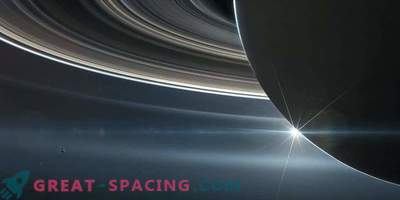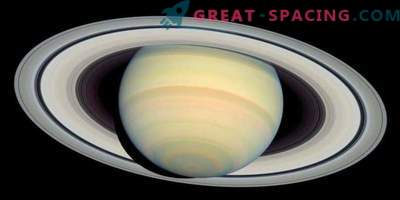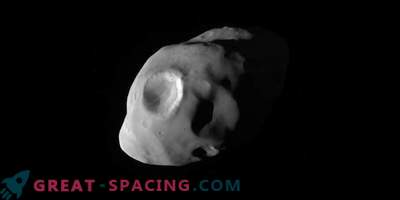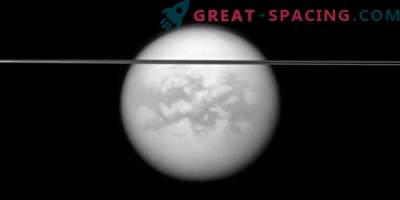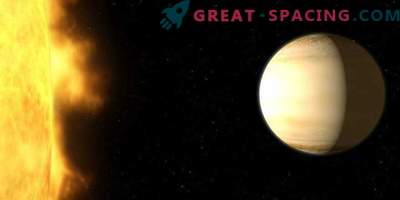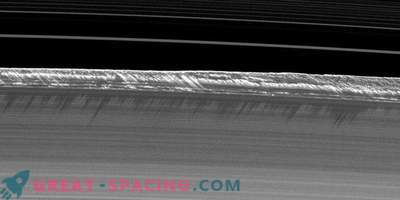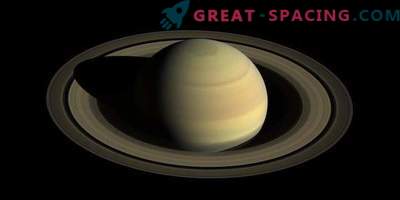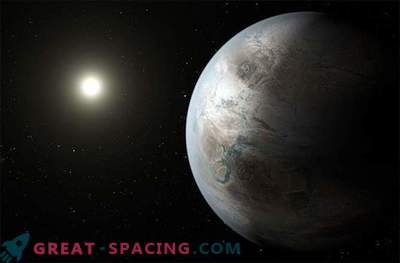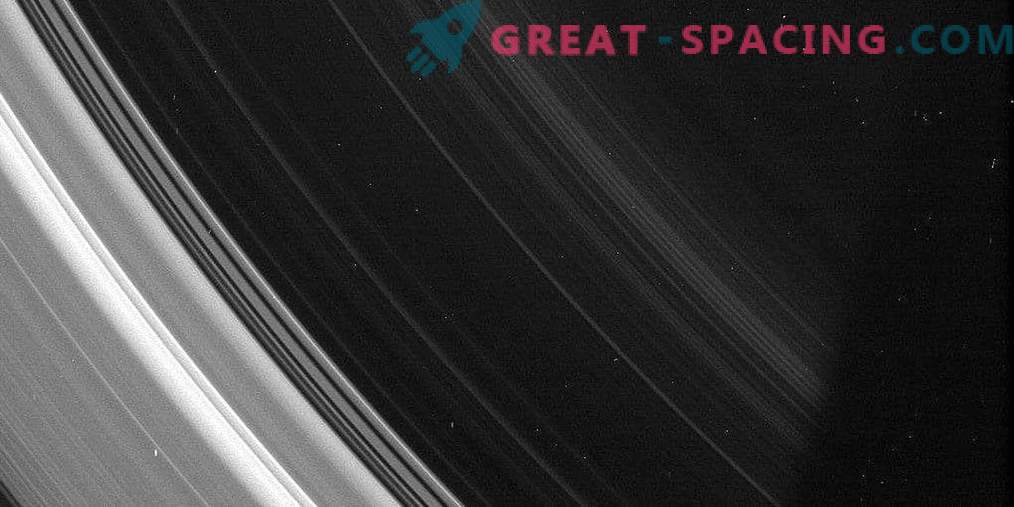
Researchers believe that the innermost ring of the gas giant throws dust grains with a chemical cocktail into the upper atmosphere of the planet at high speeds. This hazardous material can change the carbon and oxygen content in the atmosphere.
A new study based on NASA’s Cassini spacecraft data last year suggests that Saturn rings are much more chemically complex than commonly believed. The findings also hint that the innermost D ring throws dust grains with a chemical cocktail into the upper atmosphere of the planet at high speeds. There is a suspicion that this hazardous material can change the content of carbon and oxygen in the atmosphere.
Previously it was believed that the rings are endowed with a simple structure and are represented mainly by water only. However, it is now known that they contain water, methane, ammonia, carbon monoxide, molecular nitrogen and carbon dioxide.
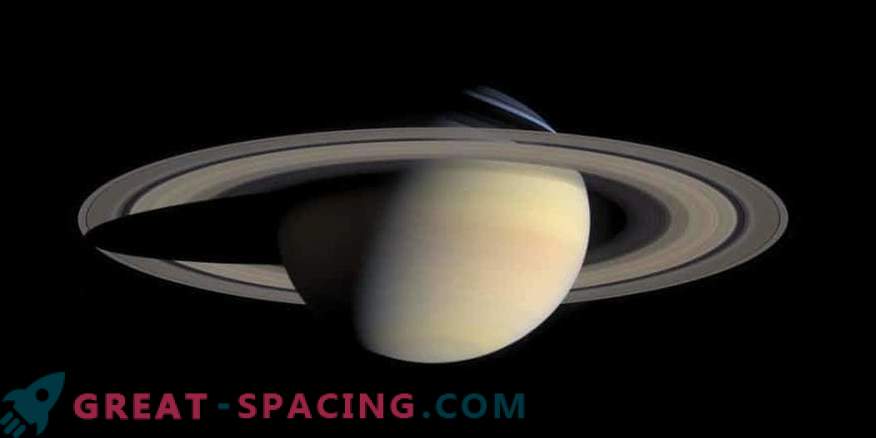
During the “Great Finale,” Cassini passed between the innermost Saturn ring and the upper atmosphere in 2017. At that moment, the mass spectrometer caught the chemicals
Scientists were surprised to find methane as well as some carbon dioxide using a mass spectrometer. It turned out that the most inner rings look incredibly polluted. Another discovery showed that a large number of chemicals from ring D are ejected into the upper atmospheric layer of the planet and rotate faster than the atmosphere itself. These observations will help to understand the mechanisms underlying the work of the solar system and other systems with their exoplanets and moons. Perhaps now, researchers will understand how the planet manages to get rings, what fills them, whether Saturn once lived without rings, and whether these materials are remnants of an early system and nebula. So far it is only known that the level of the ejected material from the D-ring to the upper atmosphere seems sufficient for the ring to have a shorter lifespan than previously thought.
Ring depletion can explain the situation with Jupiter. Probably, earlier he had a denser ring, which, after a long ejection of material, turned into a narrow strip. The source data passed through the Cassini instrument to the antennas at the Jet Propulsion Laboratory. Most likely, at a certain moment the rings completely disappear if they fail to get the material somewhere.
It is important that this bombardment changes Saturn’s equatorial ionospheric chemistry by converting hydrogen ions and 3-atom hydrogen ions into heavier molecular ions, which deplete the density of the planetary ionosphere. So far, sustainable models are being created that can explain the phenomenon and the consequences. The material falls on Saturn at high speeds, as the rings move faster than the atmosphere. Most likely, the process heats the upper atmosphere, changing its composition.
